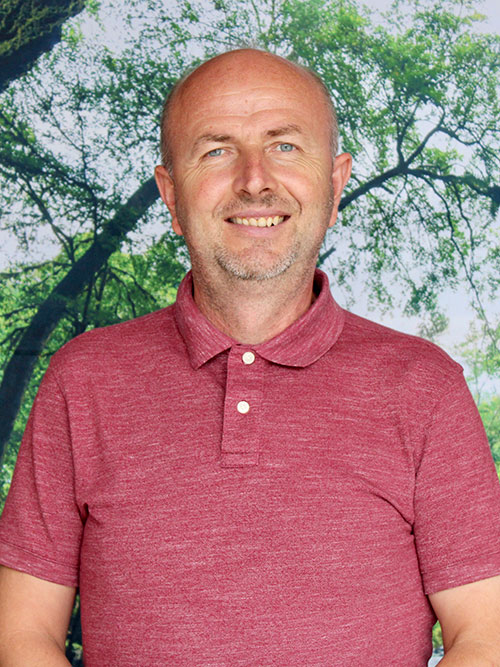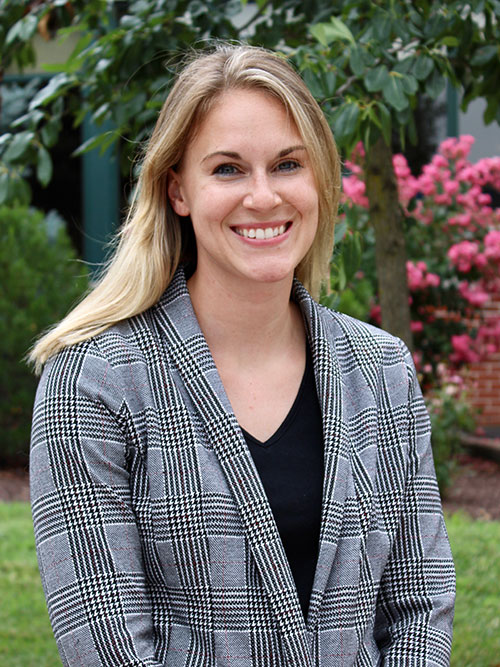
Abaz Kryemadhi
I am an experimental particle physicist with research interests in high energy cosmic rays, particle dark matter searches, and development of novel particle physics detectors.
My work in cosmic rays is particularly focused on their origin and their nature. The highest energy cosmic rays are very rare therefore the detector coverage area needs to be large to collect the needed statistics. New detector technologies that cover large area inexpensively are therefore needed to understand the nature of high energy cosmic rays. One such a technique involves radar detection which I have developed in collaboration with few colleagues. I am interested also in large area correlated showers in search of new physics phenomena.
Weakly Interacting Massive Particles are well motivated candidate for Dark Matter which constitute about five times more than ordinary matter. Cryogenic Dark Matter Search (CDMS) Experiment has been at the forefront of these searches. I have been working in collaboration with CDMS group at Fermi National Laboratory towards the development of neutron veto for the next generation SuperCDMS at SNOLAB experiment. This worked has been supported by the Visiting Faculty Program of the Department of Energy and has included several students engaged in this cutting edge research.
